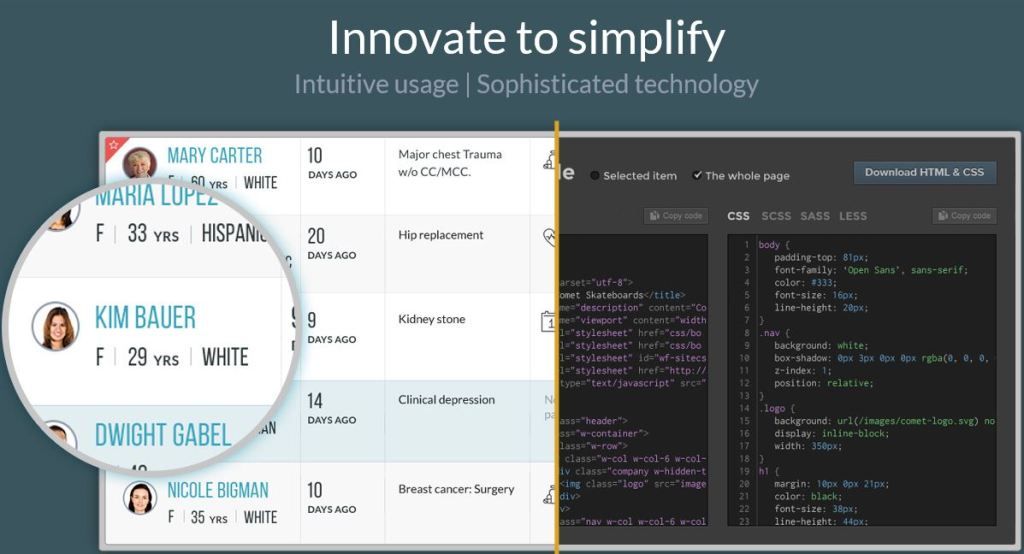 Commercial health insurers are arguing that a government run ‘public option,’ if included in health reform, will force a take-it-or-leave-it’ low-ball fee schedule on hospitals and physicians. This, in turn, will lead the providers to recoup their losses by charging the competing private insurers correspondingly more for the same services. This phenomenon is known as ‘cost shifting.’
Commercial health insurers are arguing that a government run ‘public option,’ if included in health reform, will force a take-it-or-leave-it’ low-ball fee schedule on hospitals and physicians. This, in turn, will lead the providers to recoup their losses by charging the competing private insurers correspondingly more for the same services. This phenomenon is known as ‘cost shifting.’Various luminaries have dismissed this as pernicious (former Secretary of Labor Robert Reich) a misrepresentation (Nobel Prize winning Paul Krugman) and taxing credulity (Princeton health care economist Uwe Reinhardt). Absent any data that prove that this really happens, critics of the evil, recessioning, care-denying and robber baron health insurers charge there they go again: they’re trying to pull a fast one on the unsuspecting public.
In its past life in the managed care industry, the Disease Management Care Blog remembers hospital administrators repeatedly arguing that they needed the commercial insurers to pay their institutions higher rates than Medicare to remain in business. Since Robert, Paul and Uwe suggest this was just a negotiating ploy, the DMCB did what it usually does when it’s confused. It looked at some peer-reviewed literature.
It didn’t take much to find three articles in a health policy journal named Health Affairs that is not known for excess partisanship or biased authors.
This 2003 article by Lee and colleagues points out that when Medicare’s DRG payment system ‘gets it right,’ by correctly paying hospitals, there is no need for hospitals to cost shift. The authors seem to imply that when Medicare underpays hospitals, they turn to cost shifting to make up the difference.
In this 2003 article, Paul Ginsburg argues that there is a lack of evidence of the phenomenon but, on theoretical grounds, it is quite possible to assemble a ‘conceptual basis’ for cost shifting. He shows it can certainly happen in geographic areas where one health care provider has market dominance and the health insurers have no choice but to agree to their terms. In the DMCB’s experience, this monopolistic behavior is common in rural areas where there is only one hospital per county, or anywhere when a medical specialty’s services (like high end cardiology) are otherwise not available.
In this 2006 article Jack Zwanziger and Anil Bamezai examined the relationship between Medicare and Medicaid rates versus private insurance rates in California and found an inverse financial correlation in rates to the tune of a 0.17% increase for every 1% decrease by Medicare. While the relationship is not necessarily causal, the association suggests that the phenomenon of cost shifting is real. It's not dollar for dollar, but the 'signal' was out there.
The DMCB concludes that cost shifting is quite possible under the public option. It also wonders if it is missing something and why such smart people are so dismissive of any likelihood that it could happen.












1 comment:
Hi Brady: You say toe-mato, I say too-mato, price differentials, cost shifting.
You make an excellent point and the doubt about price differentials leading to gaps in insurer payment rates is a point well made.
However.....
One could argue that all the studies fail to offer solid proof one way or another. My post ends with the conclusion that cost shift is a possible phonomenon. In other words, lack of any proof is not proof that it doesn't happen.
Secondly, I've heard too many hospital administrators state the phenomenon is real. I realize MedPAC's job is to price things right, but they do so around the mean. There are pockets of the health care market that are far enough away from the mean that significant cost sh...er, price differentials could distort hospital-insurer payment rates.
Ironically, for the super large insurers, I don't think that'll make a difference. However, for smaller, regional carriers, it could make a big difference and force further consolidation of the market......
Bottom line: we don't have a enough data to be sure either way.
Thanks for your comoments!
Let the discussion continue
Jaan
Post a Comment